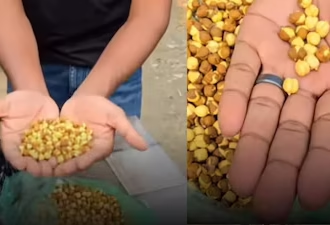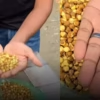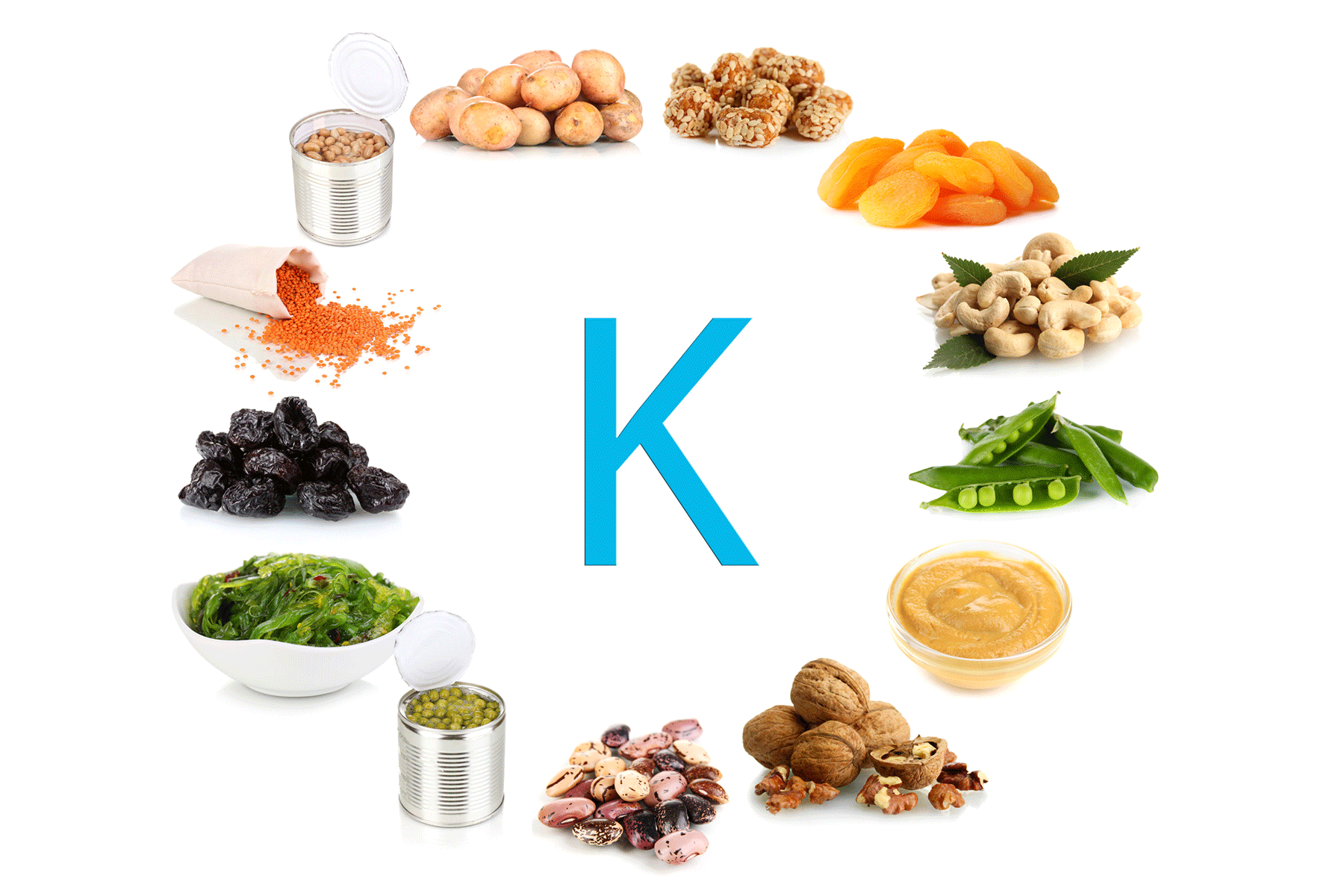The discovery and consequent widespread use of pesticides has been a game changer in farming. Pesticides have helped in the increased and steady production of raw food, the prevention of pest infestations, protection from harmful microorganisms, and the prevention of various diseases. While pesticides have helped the farming industry meet consumer demand, their excessive use in farming has become a topic of concern. In this article, we will look at the pesticides used on common vegetables and fruits and their harmful effects.
PESTICIDES AND THE DIRTY DOZEN
Fruits and vegetables are an important part of our diet. They are important sources of vitamins, minerals, and micronutrients. Studies suggest that an average adult should have at least five servings of fruits and vegetables daily. But are these fruits and vegetables safe for consumption?
Excessive use of pesticides on fruits and vegetables leaves behind traces that often make their way into the human body. According to the studies conducted by the Environmental Working Group (EWG), about 70 percent of non-organic fresh produce contain residue of pesticides. Every year the EWG produces a list called “The Dirty Dozen”, which contains a list of twelve fruits and vegetables which have been found to have been found to have the most amount of pesticide residues.
The 2022 study by EWG enlists the following fruits and vegetables in the dirty dozen:
- Strawberries
- Spinach
- Kale, collard, and mustard greens
- Nectarines
- Apples
- Grapes
- Bell and Hot peppers
- Cherries
- Peaches
- Pears
- Celery
- Tomatoes
COMMON PESTICIDES TO WATCH OUT FOR
 Now let us look at some common pesticides and their harmful effects.
Now let us look at some common pesticides and their harmful effects.
1. Permethrin: It is used as a pesticide for foods like spinach. Studies conducted on 2016 samples of spinach suggest that about 76% of the samples contained residues of permethrin.
Permethrin is neurotoxic, which can overwhelm the nervous system and lead to tremors and seizures. Several studies also suggest that exposure to permethrin and permethrin-type pesticides can be linked to ADHD in children.
2. Chlorpropham: Chlorpropham is a plant growth regulator which is used as a sprout suppressant and is used for potatoes, grass weeds, carrots, soybeans, tomatoes, etc. It is also used to prevent the sprouting of potatoes. While it has been approved for use in the US, it was banned in the UK and EU in 2019.
Studies have shown that chlorpropham shows low levels of toxicity in a limited amount (less than 1000mg/kg/day). However, some animal studies have found that it may cause damage to organs through prolonged or repeated exposure. In experiments with rats, Chlorpropham is suspected of causing cancer.
3. Diphenylamine: Diphenylamine, or DPA, is mainly used as a growth regulator that slows the discoloration of fruit skins during storage.
DPA often leads to the formation of nitrosamines, which is a carcinogen. It was banned in the EU in 2012 when manufacturers failed to prove that these were not toxic in nature. According to a 2012 study, almost 80% of apple samples in the US contain DPA. Animal studies have shown thats long term exposure lead to anemia, kidney disease, spleen and liver damage.
4. Myclobutanil: Myclobutanil is a light-yellow solid substance that is used as a fungicide on crops. It is primarily used on grapes and tree fruits.
Studies have shown that it is highly toxic in nature and can be fatal if inhaled, swallowed, or absorbed through the skin.
CONCLUSION
Pesticides are essential to the production of food crops currently due to high consumer demand. It is difficult to imagine a world where pesticides are not in use. Therefore, it becomes important for us to be cautious about the quality of food that we consume. Washing the store-bought vegetables and fruits can help in reducing the risk of pesticide consumption. At the same time, it is important to encourage the use of organically produced and non-toxic pesticides. The use of these pesticides can ensure the safer consumption of food.
 Food Manifest
Food Manifest 

















Leave a Comment
Your email address will not be published. Required fields are marked with *